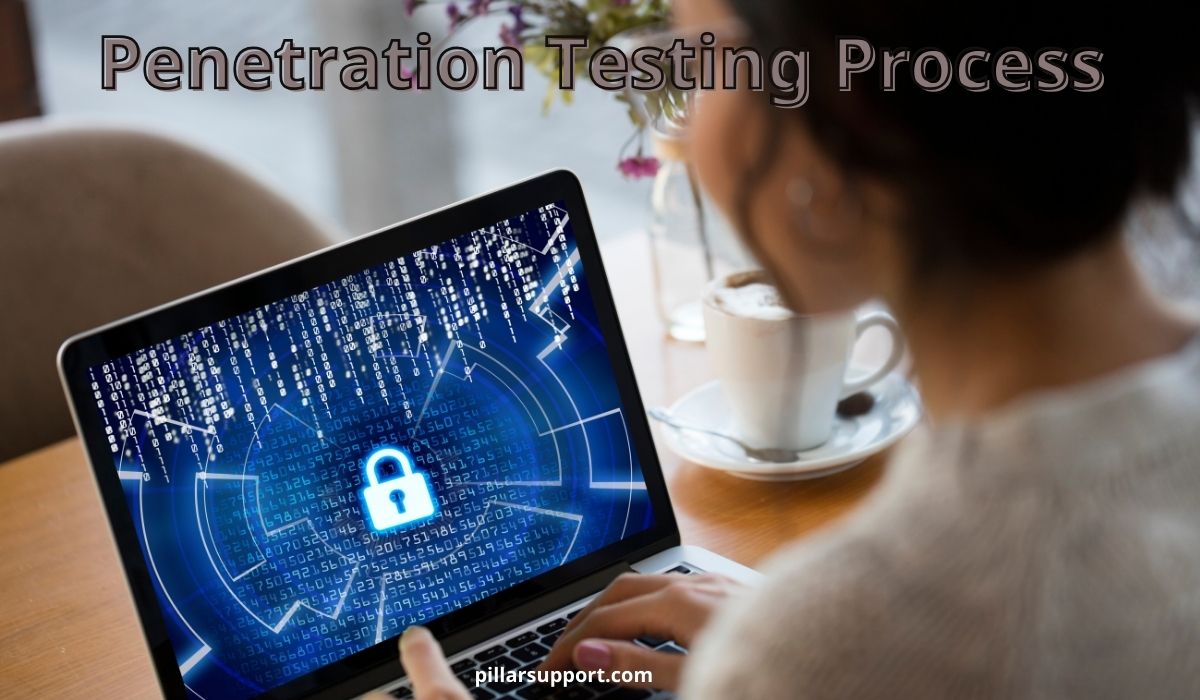Demystifying the Penetration Testing Process

Table of Contents
The advanced penetration testing process represents a strategic and methodical approach to assessing the security posture of an organization’s digital assets. In today’s rapidly evolving threat landscape, traditional testing methods may not suffice to uncover intricate vulnerabilities and potential avenues of exploitation. Advanced penetration testing delves deeper into the intricacies of an organization’s systems, applications, and networks, employing sophisticated methodologies to simulate real-world cyber attacks.
Understanding the intricacies of this advanced testing process is essential for businesses aiming to fortify their defenses against increasingly sophisticated threats. By comprehensively evaluating their security infrastructure, organizations can identify and remediate vulnerabilities before they are exploited by malicious actors, thereby minimizing the risk of data breaches and cyber incidents.
Step-by-Step Penetration Testing Process
1. Preparing for Penetration Testing
- Scoping the project and defining objectives.
- Obtaining necessary permissions and approvals.
- Setting up the testing environment.
2. Information Gathering and Reconnaissance
- Conducting passive and active reconnaissance.
- Gathering data about the target network, systems, and infrastructure.
- Identifying potential entry points and attack vectors.
3. Vulnerability Analysis
- Scanning for vulnerabilities using automated tools.
- Manual analysis to validate and prioritize identified vulnerabilities.
- Assessing the severity and potential impact of vulnerabilities.
4. Exploitation and Testing
- Actively attempting to exploit identified vulnerabilities.
- Gaining unauthorized access to systems and applications.
- Testing the effectiveness of security controls and defenses.
5. Post-Exploitation Analysis
- Assessing the impact of successful exploits on the target environment.
- Identifying sensitive data accessed or compromised.
- Documenting findings and potential security risks.
6. Reporting and Remediation
- Compiling a detailed report of findings, including vulnerabilities and recommendations.
- Prioritizing remediation efforts based on the severity of vulnerabilities.
- Working with stakeholders to implement necessary security patches and fixes.
7. Continuous Testing and Improvement
- Implementing regular and ongoing penetration testing cycles.
- Monitoring for new vulnerabilities and emerging threats.
- Continuously improving security posture based on testing results and lessons learned.
Our Service: Comprehensive Penetration Testing Solutions
At Pillar Support, we offer comprehensive penetration testing solutions to help businesses safeguard their digital assets against evolving cyber threats. As a trusted partner of Vonahi Security, we deliver top-notch testing services tailored to meet your specific security needs.
Our team of experts conducts thorough assessments throughout the entire penetration testing process, from initial scoping and reconnaissance to exploitation and post-exploitation analysis. With our in-depth reporting and remediation recommendations, we ensure that your organization can address vulnerabilities effectively and enhance its overall security posture.
Take Action Today: Secure Your Digital Future
Proactive security measures are crucial in today’s ever-evolving digital landscape. Don’t leave your online assets vulnerable to cyber threats. Partner with Pillar Support and Vonahi Security for expert penetration testing services.
Call 212-255-3970 and ask for Michael or Richard to discuss a customized PenTest solution tailored to your specific needs.
Don’t wait – take action today!
Frequently Asked Questions
What are the Benefits of Penetration Testing?
1. Identifying security vulnerabilities before attackers do.
2. Assessing the effectiveness of existing security controls.
3. Providing insights into potential risks and their impact on the organization.
4. Helping organizations meet regulatory compliance requirements.
5. Enhancing overall cybersecurity posture and resilience against cyber threats.
How Long does the Penetration Testing Process Typically Take?
The duration of the penetration testing process can vary depending on factors such as the scope of the test, the complexity of the systems being tested, and the methodologies used. Typically, penetration tests can range from a few days to several weeks, with more extensive tests potentially taking even longer.
What are the Key Stages of the Penetration Testing Process?
1. Preparation: Defining objectives, scoping, and obtaining necessary permissions.
2. Information Gathering: Collecting data about the target systems and network.
3. Vulnerability Analysis: Identifying and prioritizing vulnerabilities for exploitation.
4. Exploitation and Testing: Actively testing vulnerabilities to gain unauthorized access.
5. Post-Exploitation Analysis: Assessing the impact of successful exploits.
6. Reporting and Remediation: Documenting findings and recommending remediation measures.
7. Continuous Testing and Improvement: Ongoing testing to address new vulnerabilities and enhance security posture.